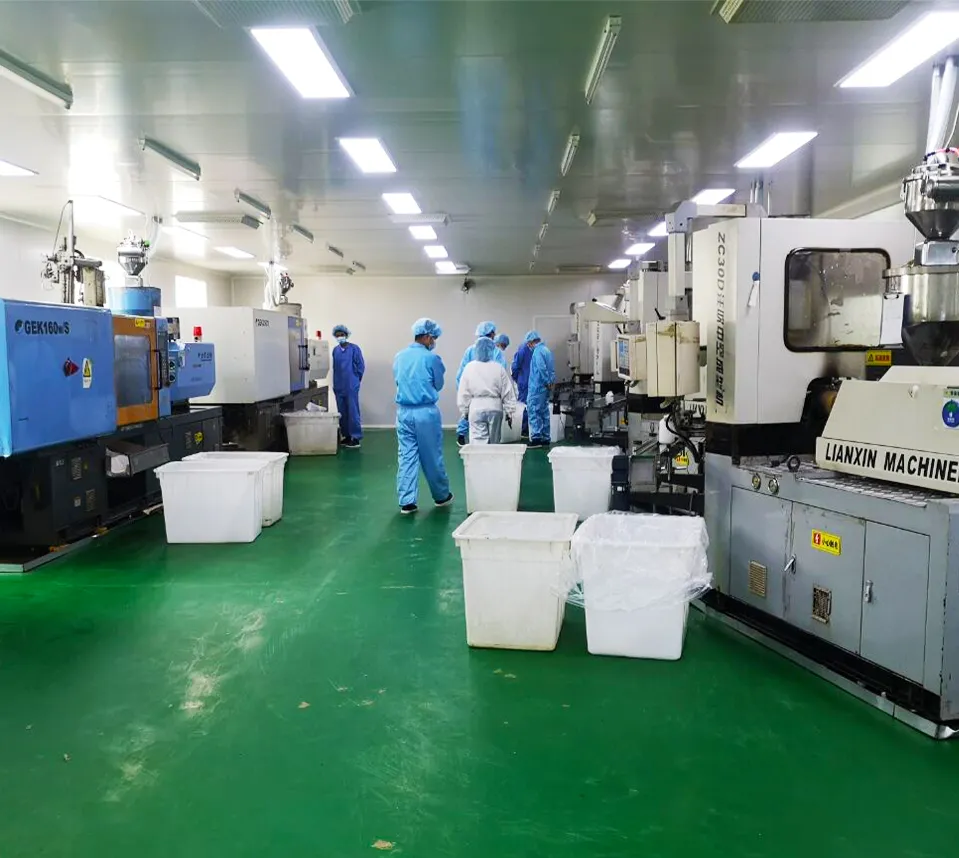Amber Colored Reagent Bottle for Laboratory Use and Chemical Storage
The Significance of Amber Colour Reagent Bottles in Laboratories
In the realm of scientific research and laboratory work, the proper handling and storage of chemicals are paramount
. Among the various tools and containers that facilitate this process, amber colour reagent bottles play a critical role. These bottles are not merely vessels; they are essential components designed to ensure the stability and integrity of chemical substances, particularly those sensitive to light.Amber colour reagent bottles are typically made from specialized glass that has been treated to achieve a deep, rich hue. This coloration provides an effective barrier against ultraviolet (UV) light. Many chemicals, including various reagents used in biological and chemical laboratories, can degrade or undergo undesirable chemical reactions when exposed to sunlight or artificial UV sources. The amber tint of these bottles significantly reduces the risk of photodegradation, thus ensuring that the chemical compounds stored within maintain their efficacy and reliability over time.
One of the primary advantages of using amber coloured bottles is their role in preserving the integrity of photosensitive reagents. Common examples include certain organic compounds, vitamins, and pharmaceuticals, which can lose their potency when exposed to light. By storing these substances in amber bottles, laboratories can mitigate the risk of exposure, thereby prolonging shelf life and ensuring safety during experiments.
In addition to their protective properties, amber bottles also serve a practical function in laboratory environments. The bottles are often designed with the needs of lab personnel in mind, featuring ease of use and convenience. Many amber reagent bottles come equipped with dropper tops, screw caps, and other user-friendly features that enhance the precision with which chemicals may be dispensed. This is particularly important in settings where accurate measurements are crucial for the success of an experiment.
amber colour reagent bottle

Furthermore, the use of amber reagent bottles improves the aesthetic organization of laboratory spaces. If a laboratory is well-organized and visually coherent, it not only enhances the working environment but also contributes to the efficient operation of experiments. By using standardized amber bottles for specific reagents, researchers can quickly identify and retrieve the necessary substances, thus saving time and reducing the potential for error.
Sustainability is another consideration in today’s laboratory practices. As the scientific community increasingly aims for environmentally friendly approaches, the longevity and reusability of materials become essential. Amber glass bottles are durable and can be cleaned and reused, reducing the reliance on disposable plastics. This aligns with the broader trend toward minimizing waste and adopting greener practices in laboratories worldwide.
However, it is important to note that while amber bottles provide excellent protection against UV light, they do not offer a comprehensive solution for all storage challenges. Each reagent has its own specific storage requirements, which may include temperature control and inert atmospheres. Therefore, researchers must be knowledgeable about the full scope of protective measures needed for different chemicals, using amber bottles as part of a broader strategy for safe storage.
In conclusion, amber colour reagent bottles hold a significant place in both academic and industrial laboratories. Their ability to protect sensitive compounds from photodegradation, combined with their practical design and contribution to organizational efficiency, makes them invaluable tools in scientific research. As the field of science continues to evolve, the importance of these amber bottles remains steadfast, serving as a reminder of the meticulous care required in handling and storing chemical substances. Embracing such tools not only enhances experimental outcomes but also underscores the commitment of the scientific community to uphold safety, integrity, and sustainability in laboratory practices.
-
Aesthetic Makeup Spray Bottles | Fine Mist Empty RefillableNewsAug.19,2025
-
White Plastic Veterinary Vaccine Vials | Lab Liquid BottlesNewsAug.18,2025
-
Plastic Medicine Liquid Bottle: Secure Flip Top Drug VialsNewsAug.17,2025
-
Durable 250ml Blue Plastic Vaccine Vial for Lab & Vet UseNewsAug.16,2025
-
Sterile Virus Sample Tubes: Secure & Reliable Specimen CollectionNewsAug.15,2025
-
White 250ml Plastic Vaccine Vial for Lab & Vet MedicineNewsAug.14,2025
























